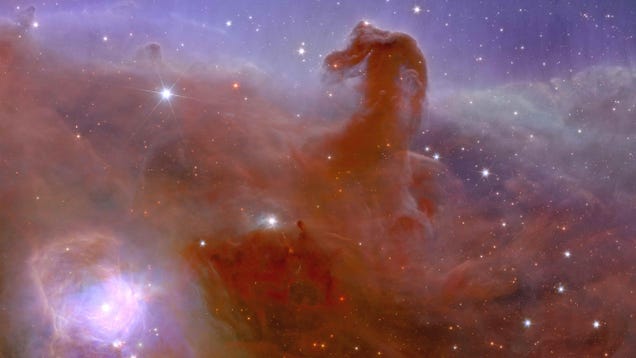
Earlier this morning, ESA released the Euclid space telescope’s first scientific images, offering a glimpse into its mission to explore the “dark universe”—the mysterious 95% of the cosmos made up of dark matter and dark energy.

Earlier this morning, ESA released the Euclid space telescope’s first scientific images, offering a glimpse into its mission to explore the “dark universe”—the mysterious 95% of the cosmos made up of dark matter and dark energy.
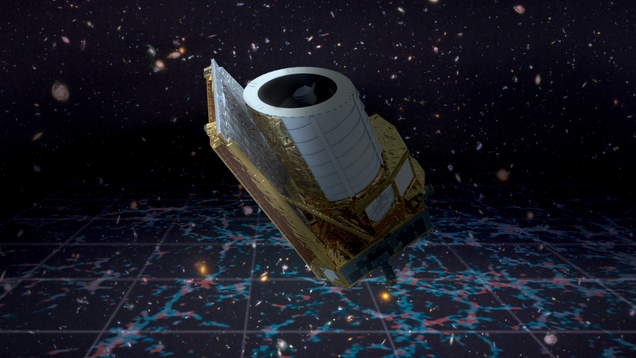
The European Space Agency’s $1.4 billion Euclid space telescope is charged with revealing the dark universe—the 95% of the cosmos we don’t see. On Tuesday, the telescope’s first images will be revealed live.
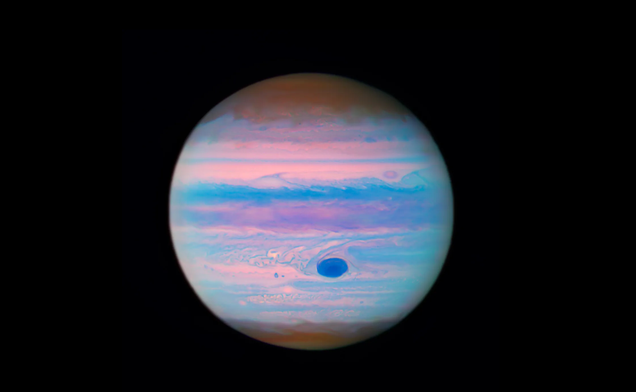
You probably know Jupiter, the rotund fifth planet from the Sun, as orange and tan with a big red splotch. But the Hubble Space Telescope recently imaged the gas giant in ultraviolet light, giving the world a very different look.
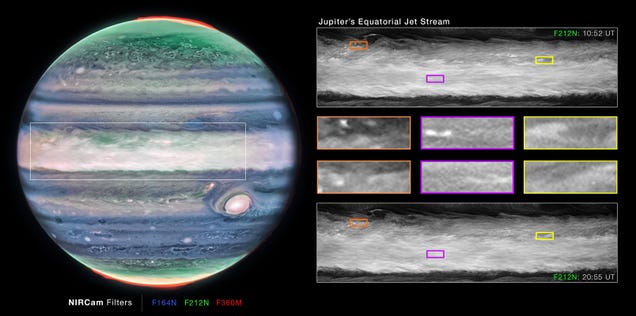
In July 2022, the Webb Space Telescope detected an intense jet shooting across the equator of Jupiter, the largest planet in our solar system. The jet is traveling at about 320 miles per hour (515 kilometers per hour) and is about 25 miles (40 km) in altitude, corresponding to Jupiter’s lower stratosphere.
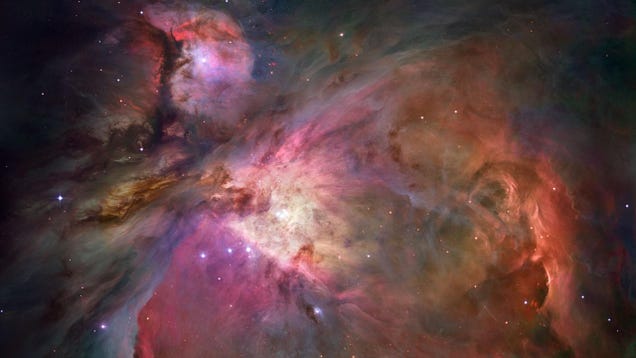
A team of astronomers have detected over 500 planet-like objects in the inner Orion Nebula and the Trapezium Cluster that they believe could shake up the very definition of a planet.
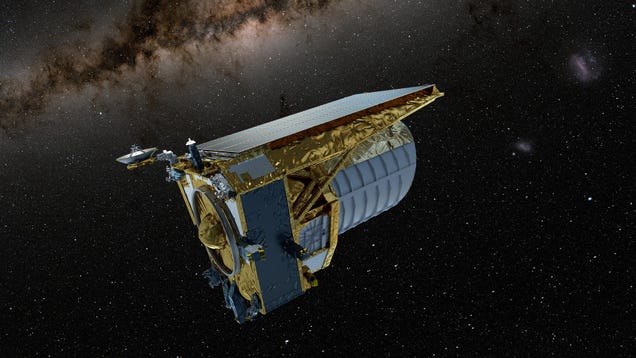
The European Space Agency’s Euclid space telescope launched from Earth on July 1 and has since been getting set up to begin its investigation of the dark universe.
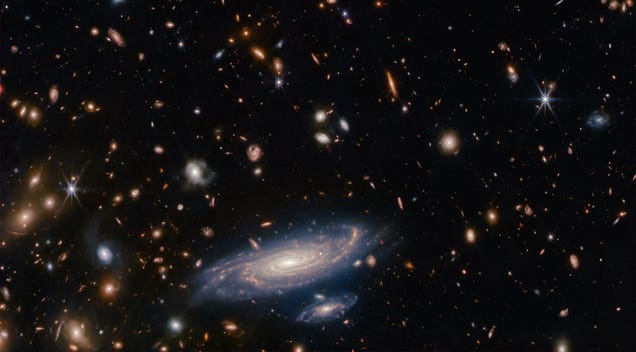
In the beginning, galaxies were lacking in chemical and metal abundances, according to a team of astronomers that recently used a telescope to study the ancient universe.
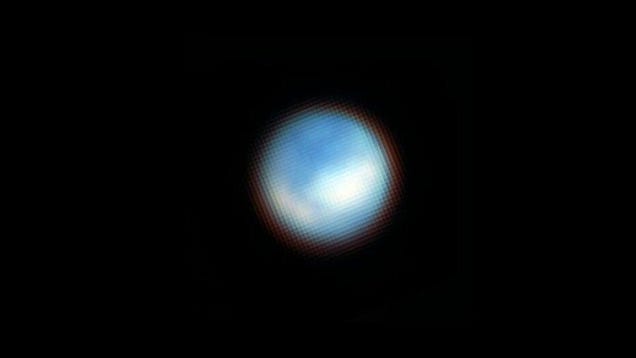
The Webb Space Telescope has made its latest significant discovery: the observation of carbon dioxide coming from a part of Europa, the frozen moon orbiting Jupiter which harbors a salty water ocean under its icy surface.
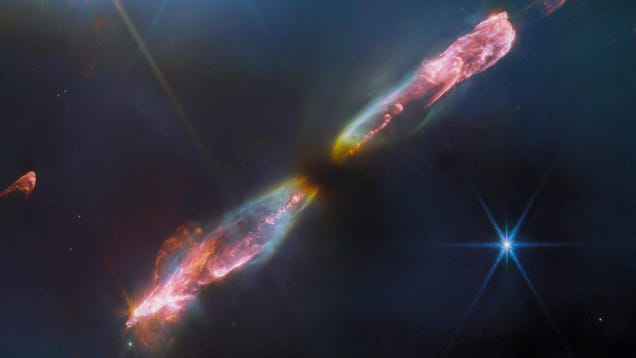
Space and the deep ocean have several commonalities, but perhaps the most obvious is the existence of structures that make you say “what the heck is THAT?”
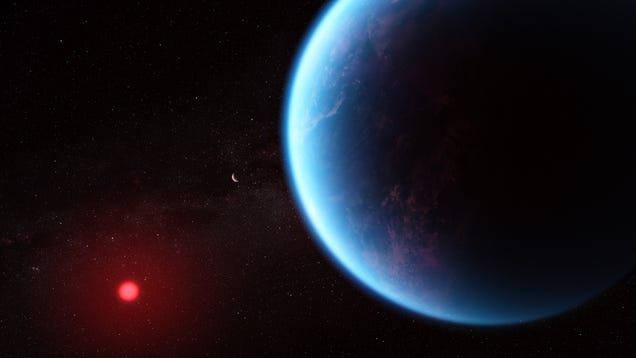
The Webb Space Telescope recently turned its focus to a nearby exoplanet and found that it may be a Hycean world, or a world completely covered in a single global ocean, and with a hydrogen atmosphere. And what’s more, the telescope detected a possible detection—note, possible detection, of dimethyl sulfide, a…